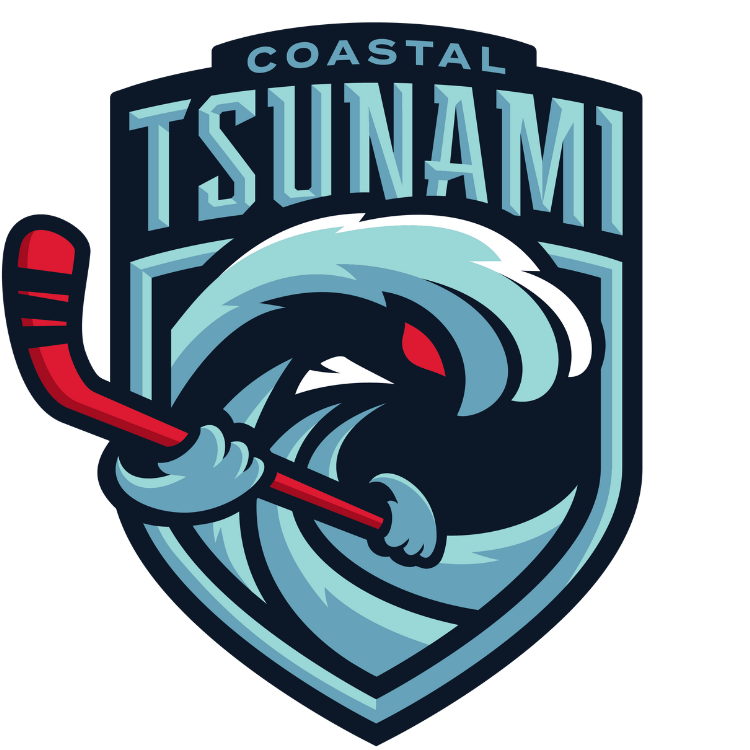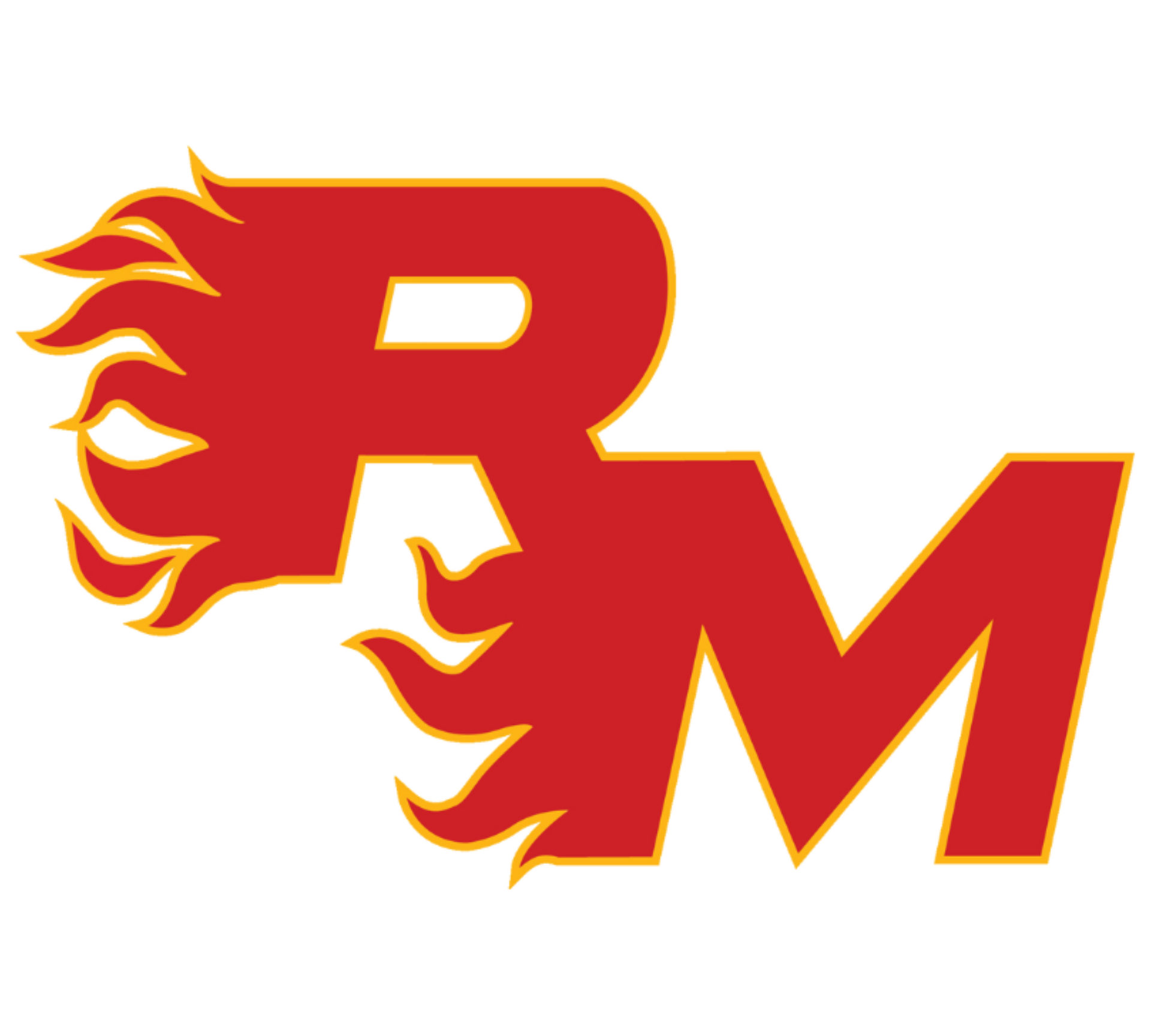Giancarlo Nadeau
Director of Operations Rick Hopper and the voice of the Tsunami Giancarlo Nadeau recently discussed the WCDM proposal and part of that conversation is included below.
Click HERE to access the entire interview.
Junior hockey will have some changes starting in the 2024-25 season.
Hockey Canada recently announced that its board of directors has approved a Western Canadian Development Model (WCDM) pilot project. This announcement was made after the proposal was submitted by its four Western Members, their respective Junior A hockey leagues, and the Western Hockey League (WHL).
The WCDM pilot project will focus on increasing players’ opportunities and improving the delivery of sanctioned junior hockey.
Ten organizations are involved in developing the pilot project. The WCDM has representatives from BC Hockey, the Kootenay International Junior Hockey League, the Pacific Junior Hockey League, Hockey Alberta, the Alberta Junior Hockey League, Hockey Saskatchewan, the Saskatchewan Junior Hockey League, Hockey Manitoba, the Manitoba Junior Hockey League, the WHL.
“Showing unity like this is a rare thing in junior hockey circles. The amount of work that Trevor Aalto (PJHL Commissioner) and Jeff Dubois (KIJHL Commissioner) have put in to get us on a level footing with the other Junior A hockey leagues in the other provinces is a massive step forward,” said Director of Operations for the Coastal Tsunami Rick Hopper.
Operating with an athlete-centered approach and ensuring that player development and safety on and off the ice are at the forefront is a primary goal for this model. Another goal of this development model is to familiarize staff and players and help them gain experience in a similar environment to the WHL.
The rule book will be similar, but arguably the biggest change is that players over the age of 18 can wear half-face protection—something that players had been waiting on for a while. Older players will no longer be required to wear a cage, which will make them happy.
“We’re really happy that teams in our league and BC will be focusing on more player development locally, and I think it bodes well for recruiting players in the future,” expressed Hopper.
Another goal of this model is to increase flexibility in the development pathway for 15-—and 16-year-old players. A number of changes are taking effect, including changes to how a player can be affiliated, the number of affiliate players a team can have, and rules surrounding special status.
“This affiliate player pathway is more focused towards the Western Hockey League. They’re looking for more flexibility with their 15- and 16-year-old players – which I think is great. They’ve focused on a young player pathway for a few years. The league will have a better opportunity to have these players join their clubs,” he explained.
These rules surrounding affiliate players will have a minor impact on PJHL teams, but Hopper hopes that more young players will be able to play in the PJHL and other similar leagues sooner. “We had our prospects camp in the spring, and we had some really good-looking 16-year-old players. Unfortunately, we can only sign two of them, so it would be nice if they could increase that number,” added Hopper.
Establishing this pilot project is an important part of the exciting steps being taken to evolve junior hockey pathways in Western Canada. It’s certainly a player-first approach and should open the eyes of many players who are thinking about playing junior hockey.
Establishing this pilot project is an essential part of the exciting steps being taken to evolve junior hockey pathways in Western Canada. It’s undoubtedly a player-first approach. It’s exciting to see the WHL at the forefront of this, and I’m sure it will open the eyes of many junior players.
This pilot project will be reviewed on an ongoing basis during the 2024-25 season, and its scope is anticipated to expand in future seasons.
The entire release can be found on the Coastal Tsunami and Pacific Junior Hockey League websites, but let’s highlight some more of it. To learn more about Hockey Canada, please visit HockeyCanada.ca or follow along through social media on Facebook, X, and Instagram.





















